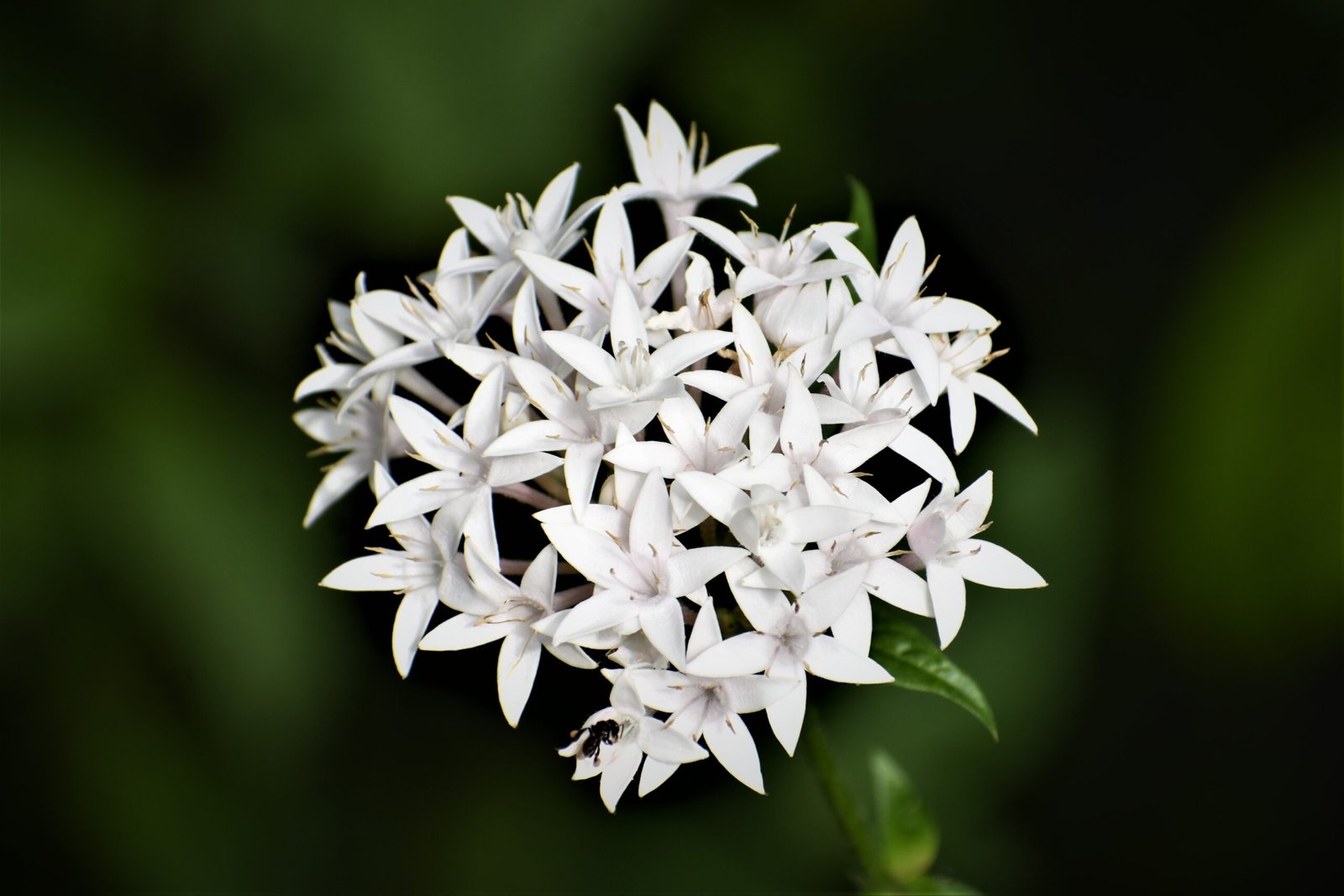- Lotus: How to Plant, Grow and Care for Lotus - 3 November 2023
- Zinnia: How to Plant, Grow and Care for Zinnia - 3 November 2023
- Coreopsis: How to Plant, Grow and Care for Coreopsis - 3 November 2023
Jasmine is a fragrant flowering plant native to tropical regions, known for its alluring white or yellow blooms. It belongs to the olive family, Oleaceae, and consists of about 200 species. Jasmine is widely cultivated for its flowers, used in perfumes and teas, and has various cultural and medicinal uses.
it is a popular flowering shrub, famous for its sweet, intoxicating fragrance. There are several varieties of Jasmine, such as Common Jasmine, Spanish Jasmine, Winter Jasmine, and Arabian Jasmine, each with its own unique characteristics.
Life Cycle:
The life cycle begins with a germination period that can last up to one month. After that, the plant enters a growth phase, which lasts until it reaches maturity at about one year. The mature plant then blooms, producing fragrant white or yellow flowers.
Bloom Season:
The bloom season for Jasmine varies depending on the variety. Winter Jasmine, for instance, blooms in late winter or early spring, while other types may bloom in summer or fall.
Characteristics
Its known for its alluring fragrance and ornamental qualities, making it a great choice for landscapes and gardens. It attracts bees, butterflies, and hummingbirds, making it a beneficial plant for supporting biodiversity. In addition to being easy to grow and maintain, some varieties of Jasmine also offer extended bloom times and fast growth rates.
Growing Conditions:
These plants prefers well-drained soil and partial to full sun. However, it is adaptable to different soil types and conditions, as long as they are kept moist but not waterlogged.
Resistance:
It is generally resistant to deer and rabbits. However, it can be susceptible to diseases like rust, Fusarium wilt, Downy mildew, and powdery mildew, especially when grown in less than optimal conditions.
| Season | Depth | Height | Spacing | US Hardiness Zone |
|---|---|---|---|---|
| Spring and Fall | 1-2 inches | 10-15 feet | 8-10 feet | 6-9 |
Light Requirement
They prefer full sun to partial shade. They can tolerate full shade, but they may not bloom as well.
Water Need
These plants need moderate water. They like their soil to be consistently moist, but not waterlogged. Be careful not to overwater, as this can lead to root rot.
Fertilizer
They benefit from a balanced, slow-release fertilizer that is high in phosphorous to promote blooming. A 7-9-5 fertilizer is a good choice. For an organic option, use bone meal or compost.
Pruning
Prune the plants after they finish blooming, typically in late spring or early summer. This will help to maintain their shape and promote new growth. Cut back any dead or damaged branches, and remove any spent flowers.
Toxicity
They are generally considered non-toxic to humans, but can be harmful to pets if ingested. If your pet has ingested any part of the plant and is showing signs of distress, contact your veterinarian immediately.
Common Issues
Some common issues with jasmine plants include pests such as aphids, scale, and whiteflies. They can also suffer from diseases like root rot and powdery mildew. To prevent these issues, make sure to provide your plant with the proper care, including sufficient light, proper watering, and regular feeding. If problems do occur, treat with a suitable pesticide or fungicide.
Culinary Benefits:
- Jasmine flowers are often used to flavor jasmine tea, providing a sweet and aromatic taste. It can also be used in cooking to add a delicate flavor to certain dishes.
- Jasmine rice is a fragrant variety of long-grain rice that complements many Asian dishes.
- Jasmine oil, derived from the flowers, is used in some recipes for its unique flavor and aroma.
Medicinal Benefits:
- Jasmine has been used in traditional medicine for its calming and aphrodisiac properties. It is often used to help with anxiety, stress, and depression.
- The essential oil from jasmine flowers is believed to have anti-inflammatory and antimicrobial properties.
- Jasmine tea is often consumed for its potential benefits in reducing risk of heart disease, improving digestion, and aiding weight loss.
- Some studies suggest that jasmine has potential antioxidant properties, which can help protect the body against damage from free radicals.
- Jasmine is also used in aromatherapy for its soothing and calming effects.
Please note that while these benefits are associated with the plant, there is limited scientific research to support these claims. Always consult a healthcare provider before starting any new treatment or therapy.
Companion Plants for Jasmine:
- Lavender: The calming fragrance of lavender complements the sweet scent of jasmine, creating a soothing and aromatic garden.
- Rosemary: This fragrant herb not only repels pests like aphids and whiteflies but also adds an earthy aroma to your garden.
- Geraniums: The bright and colorful blooms of geraniums provide a stunning contrast to the delicate white flowers of jasmine.
- Clematis: With its climbing vines and vibrant flowers, clematis can provide a beautiful backdrop for your jasmine plant.
In conclusion, Jasmine is an exquisite flower that brings both beauty and fragrance to any garden. Its delicate white blooms and sweet scent make it a popular choice for garden enthusiasts. Whether used as a ground cover or a climbing vine, Jasmine adds a touch of elegance to any outdoor space. Planting Jasmine will not only enhance the visual appeal of your garden but also provide a soothing and relaxing ambiance with its enchanting fragrance.

